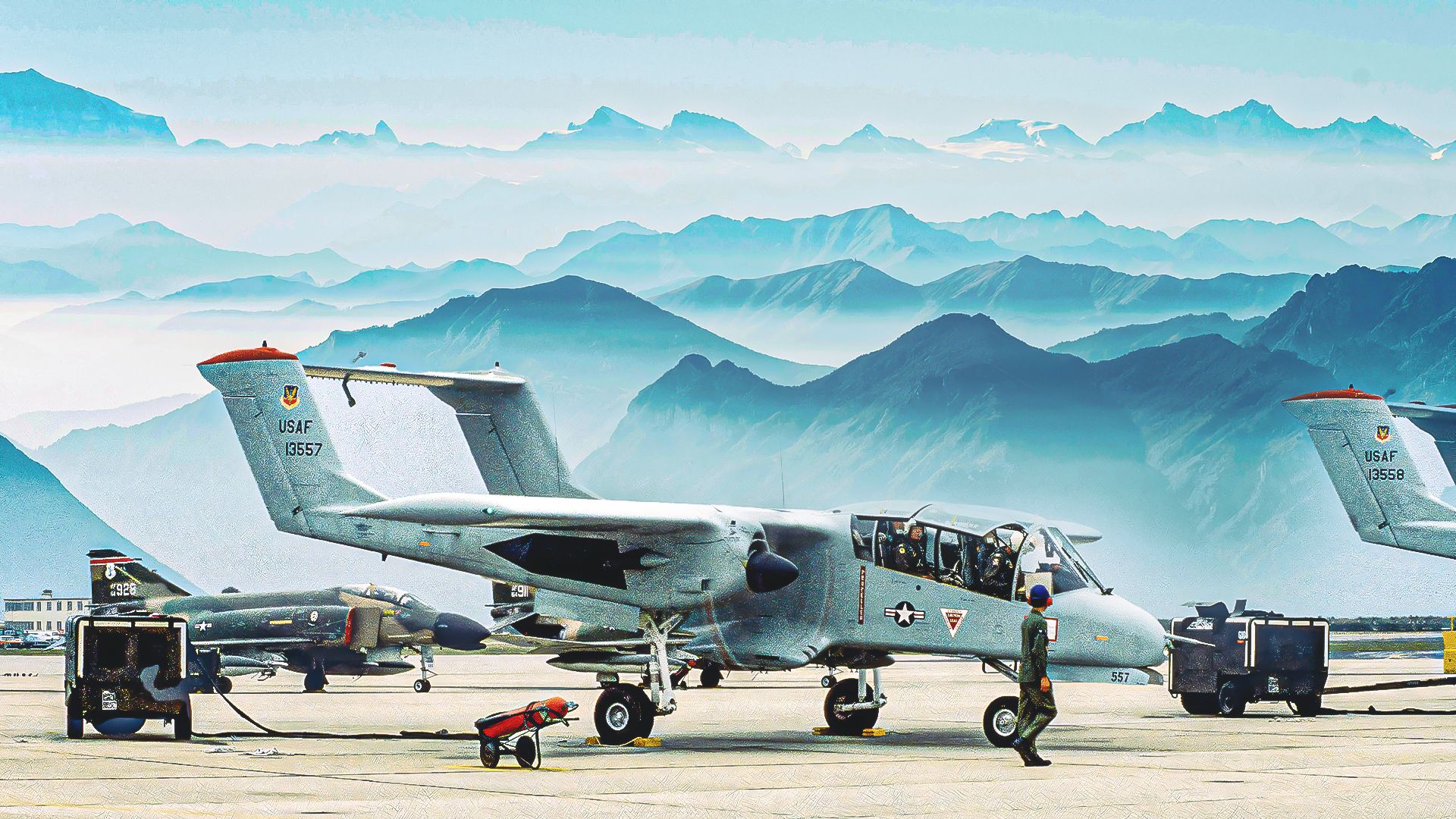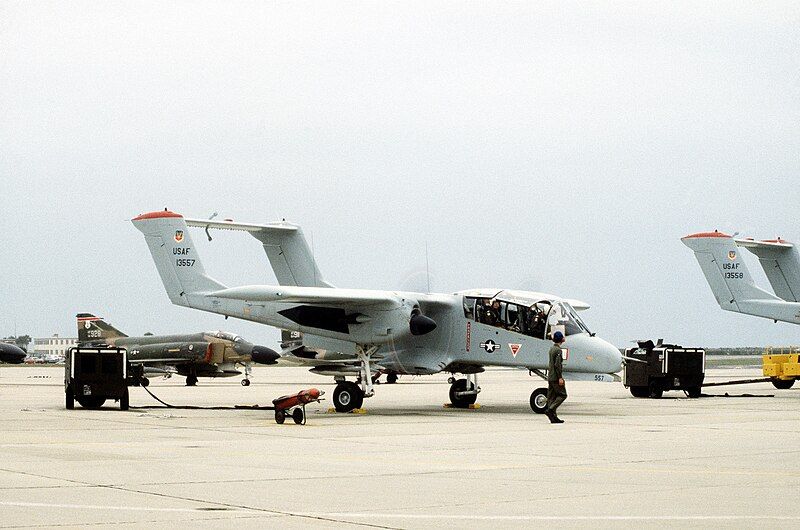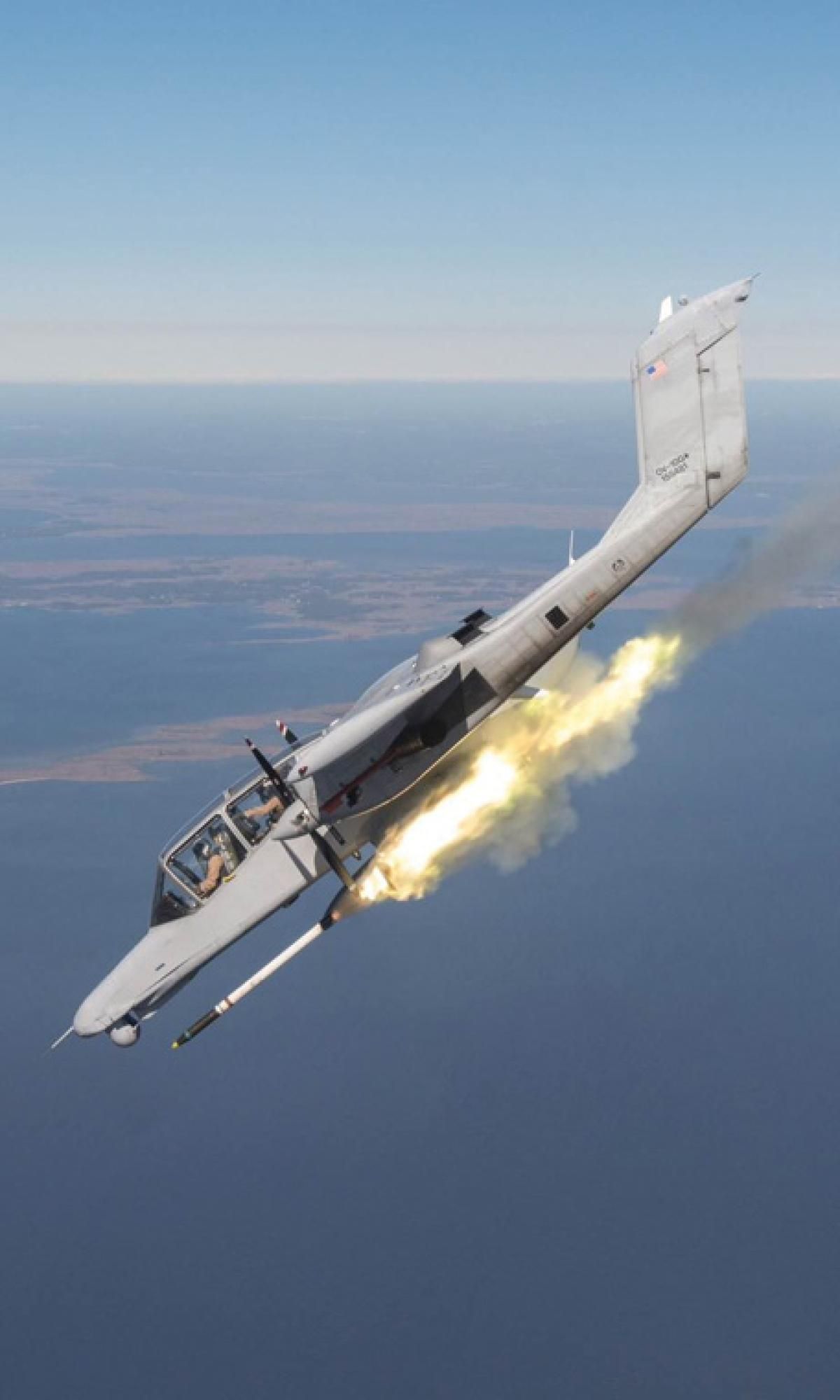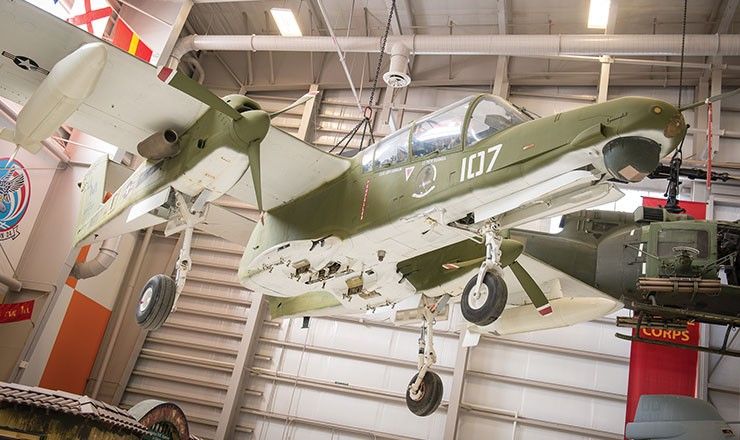Summary
- The OV-10 Bronco excelled in Forward Air Control missions during the Vietnam War, proving its worth in combat.
- Despite being retired in 1995, the Bronco was briefly reactivated in 2015 to support Operation Inherent Resolve against ISIS.
- The versatile Bronco could also be used for troop transport, cargo transport, and even Medevac missions in addition to combat roles.
One of the chief traits that make an aircraft desirable for military service is versatility, i.e. a multirole aircraft that can perform various missions. The C-130 Hercules, the B-52 Stratofortress (AKA “BUFF”), the F-15 Strike Eagle (AKA the “Mud Hen”), and the F-16 Fighting Falcon (AKA the “Viper”) are all examples of multirole warbirds that are still going strong with the US Armed Forces after multiple decades.
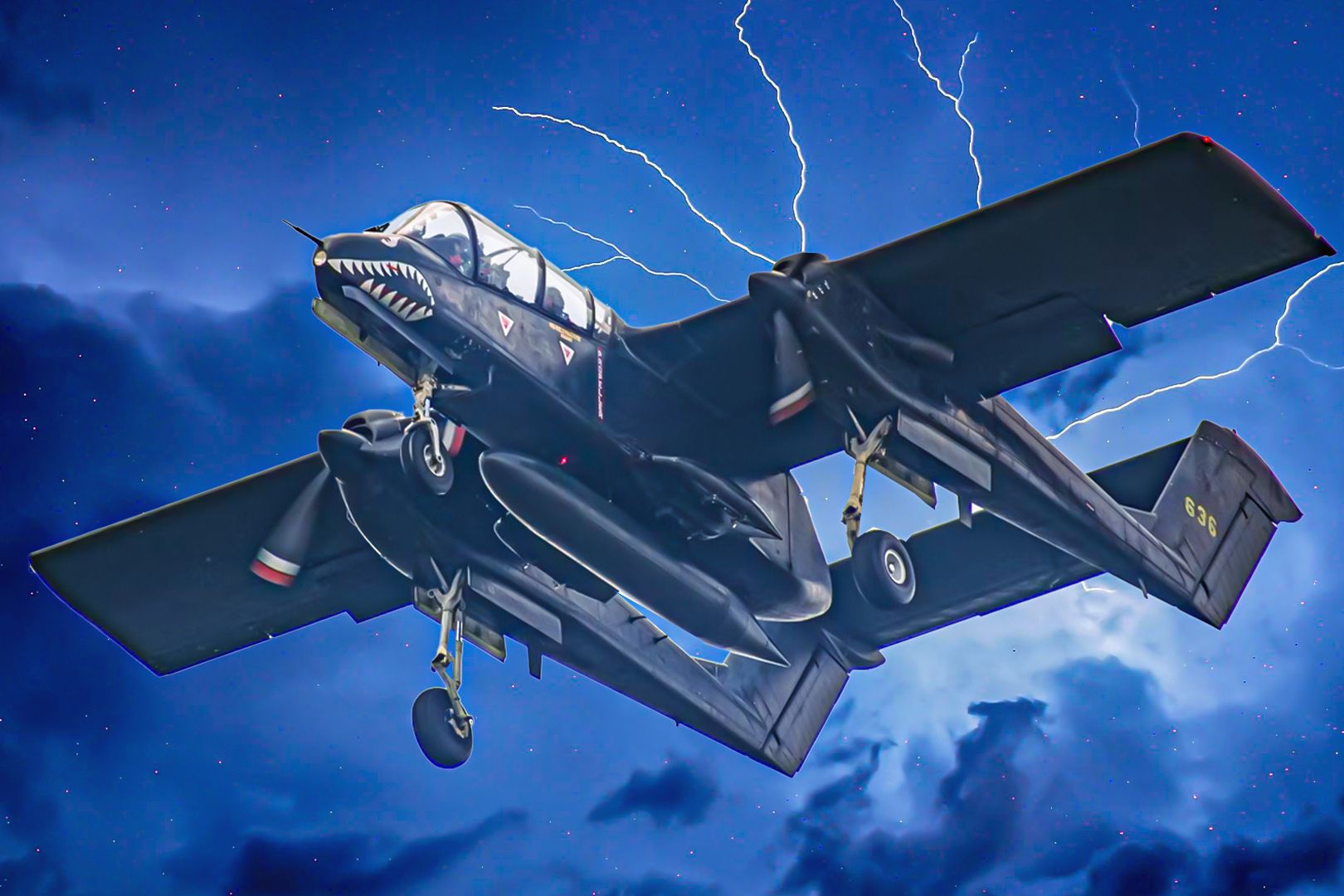
Related
Analysis: 5 Versatile Uses Of The US OV-10 Bronco
Though not a fighter plane per se, the Bronco has proved an asset to US forces due to its versatility.
Then, there was the North American Rockwell OV-10 Bronco turboprop aircraft. Though now retired from service with the US military – it’s still in limited use with the Philippine Air Force (at least for a little while longer) – it was a superbly versatile aircraft that enabled it to perform various missions for the United States of America for several decades. Simple Flying now takes a deeper dive into some of those missions.
Forward Air Control (FAC)
This was the USAF’s bread-and-butter mission for the Bronco. As noted by Hurlburt Field (home of Air Force Special Operations Command [AFSOC]) Fact Sheets:
“The first USAF OV-10As destined for combat arrived in Vietnam in July 1968. A total of 157 OV-10As were delivered to the USAF before production ended in April 1969.”
Of these 157 USAF OV-10As, 64 were lost during the war to all causes. The Air Force retired the Bronco on September 1, 1991.
Counterinsurgency (COIN), Close Air Support (CAS), and Light Attack (Part I)
The US Navy and Marine Corps used the OV-10 for this purpose, with deadly efficacy during the Vietnam War, particularly the USN’s Light Attack Squadron 4 (VAL-4), nicknamed the “Black Ponies.” As noted by Naval History and Heritage Command, more specifically the info page of the National Aviation Museum at Naval Air Station (NAS) Pensacola, Florida (which I toured back in 2001 and recommend highly):
“VAL-4 formed in January 1969, and operated in Vietnam until April 1972, providing interdiction of enemy logistics and fire-support for Marines, SEALs and river boats. It succeeded in this role, although seven OV-10s were lost during the Vietnam War to various causes. ”
The Black Ponies were disbanded after the Vietnam drawdown. Their Broncos were transferred to the USMC, whereupon the planes continued demonstrating their mettle, especially during Operation Desert Storm, the 1991 Persian Gulf War. However, two more OV-10s were shot down during that conflict, with the warbird’s lack of effective infrared countermeasures and slow speed cited as key vulnerabilities. These weaknesses led to the OV-10’s retirement in 1995.
Counterinsurgency (COIN), Close Air Support (CAS), and Light Attack (Part Deux)
Fast-forward to May 2015, and the Bronco briefly returned to service from retirement. This time, it was to fight the Islamic State/ISIL/ISIS/Da’esh terrorist group in Iraq and Syria in support of Operation Inherent Resolve. The aircraft flew over 120 combat sorties over a span of 82 days. Reportedly, these missions were to provide CAS for Special Forces missions. Both USAF and USN Bronco drivers participated in these missions, making good use of the same 2.75-inch (69.85 mm) rockets that their Vietnam War and Desert Storm predecessors had used, upgraded with the advanced precision kill weapon system (APKWS) laser-guidance kits. A June 2016 US Naval Institute Proceedings article by US Navy CAPT describes one of the missions in eloquent and dramatic detail:
“The blinding flash of the two 2.75-inch Hydra rockets leaving their tubes in less than a second temporarily blinded the OV-10 Bronco aircrew in their dive toward their target. Minimizing their noise signature at high altitude, they had been quietly stalking the two small boats with four confirmed enemy combatants continuously for three hours. They were moments from beaching their canoe filled with weapons and equipment headed to the front lines. Until that moment, the enemy’s resupply route across the river had been completely open, allowing a steady flow of well-trained fighters, weapons, and vital equipment to be transported by canoe and small boat.”
“Both rockets detonated less than a foot from the two insurgents with devastating effect. The Bronco crew immediately assessed their hits, scanned for surface-to-air threats, added power and performed a maximum G turn to set up for an attack on a second canoe in their formation 500 meters upriver from the first target. Alerted to the attack on their lead canoe, the second pair of insurgents jumped from their boat and quickly swam to shore in search of safety. They found none. After the second ‘cleared hot’ from the Joint Terminal Attack Controller (JTAC), the second salvo of rockets, fired only 90 seconds after the first attack, landed within two feet of the remaining enemy.”
Coincidentally, the engagement thus described by CAPT Walton—which was carried out in the skies above the Tigris River in Northern Iraq—took place exactly 47 years to the day after the first OV-10 Bronco combat engagement in 1968.
Troop and cargo transport
Usually, when one thinks of cargo and troop transport, particularly ferrying paratroopers to their drop zones, one thinks of much larger airframes than the OV-10 Bronco, such as the C-130, the C-141 Starlifter, and C-17 Globemaster, not to mention (kicking it old-school here) the C-47 Skytrain AKA Dakota.
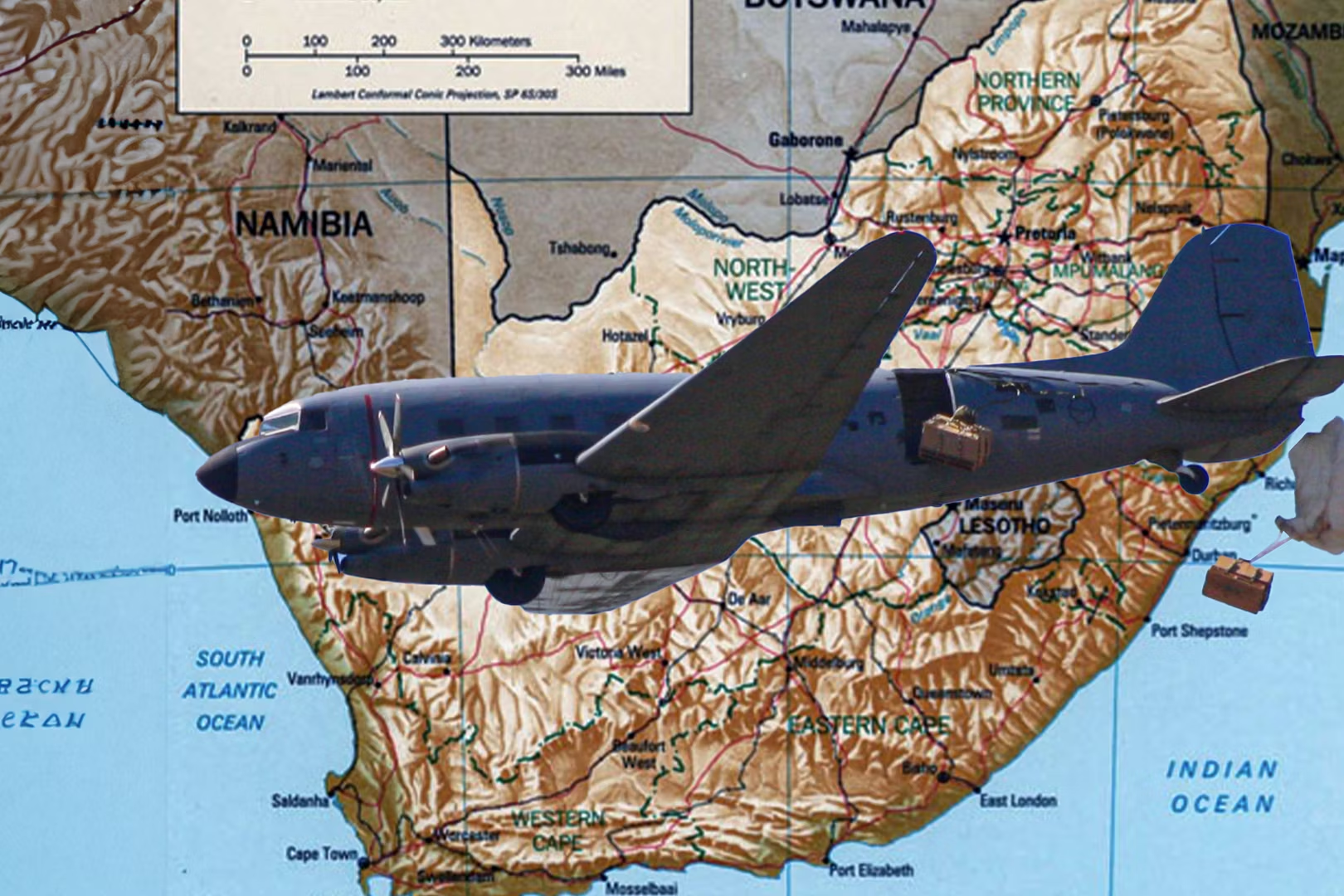
Related
80 Years: How South Africa Has Maintained Its C-47 Dakotas Since WW2
The U.S. Air Force and Navy have kept some planes in service for 50+ years. South Africa’s Air Force has kept its C-47s flying for *81* years!
Yet the little Bronco can be pressed into this duty as well. With the second seat removed, it can carry 3,200 pounds (1,500 kg) of cargo or five paratroopers.
Medevac
This lifesaving duty is usually considered the purview of either fixed-wing aircraft such as the C-17 and the now-retired C-9 Nightingale, as well as combat search & rescue helicopters such as the Sikorsky MH-53 Pave Low and HH-60 Pave Hawk. Yet the OV-10 can be configured for this noble duty as well.
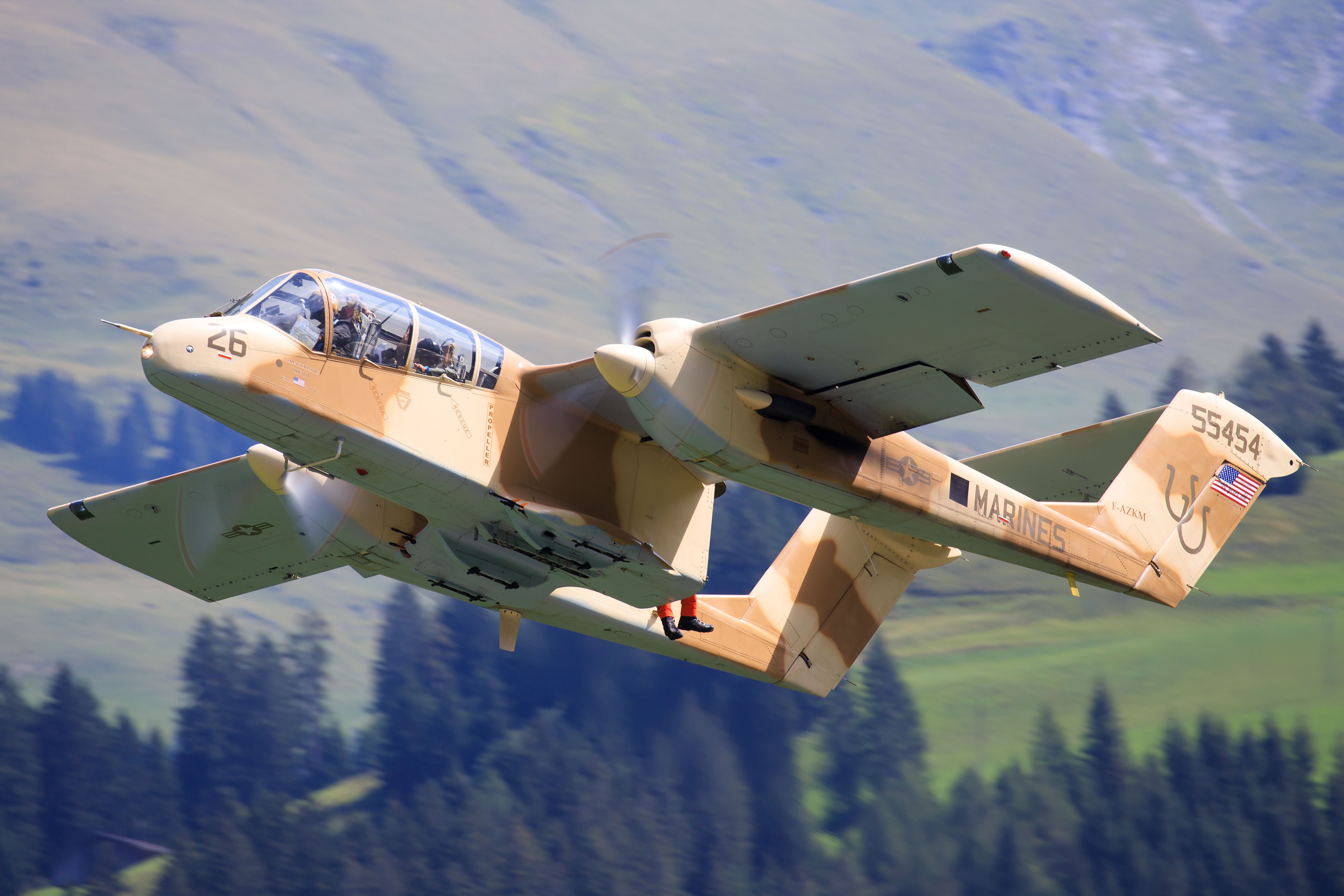
Related
Versatile Military Turboprop: The Story Of The North American Rockwell OV-10 Bronco
The type served in the Vietnam War and played a role during Operation Desert Storm in 1991.
As is the case with cargo and troop transport, this necessitates removing the second seat, whereupon the Bronco is able to accommodate two litter patients and an attendant.

